‘Listen to the sound of the earth turning,’ wrote Yoko Ono in Earth Piece – one of many similar suggestions in Grapefruit (1964), her book of conceptual ‘instruction pieces’. During the course of the Earth’s next series of 365 rotations, Tate Modern is home to ‘Yoko Ono: Music of the Mind’ (15 February–1 September). The retrospective includes works from all seven decades of the artist’s career: installations, films, music and photography. Elsewhere in London, the Serpentine is hosting two solo exhibitions: Barbara Kruger will fill its South galleries with recent installations, films and sound works (1 February–17 March), while its North galleries will be taken up by Refik Anadol’s data-driven immersive environments. These latter are guaranteed to split opinion. Are they ‘half-million-dollar screensavers’, as critic Jerry Saltz had it, or innovative examples of algorithmically-generated art? (February–April).
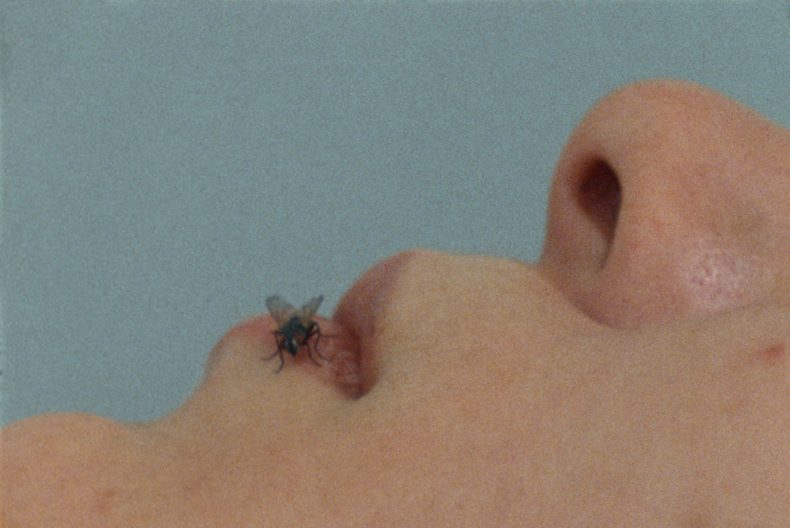
Still from Fly (1970–71), Yoko Ono. Courtesy and © the artist
In the spring, Chantal Akerman will be the subject of a major exhibition at Bozar in Brussels. ‘Chantal Akerman: Travelling’ features early films as well as installations made in 2015, the year of her death (14 Mar–21 July). It opens in her home city before appearing in scaled-back form at the Jeu de Paume in Paris (27 September–19 January 2025). In Oslo, Britta Marakatt-Labba’s textiles has a solo exhibition National Museum of Art, Architecture and Design. The focus will be on the Swedish Sámi artist sewn panels reflecting on the culture of the Sámi people (15 March–25 August). Textiles also appear, albeit on a monumental scale, in a show by Igshaan Adams at the Hepworth Wakefield (21 June–3 November). An almost 12-metre-wide example of the South African artist’s work, in which rope, chains, wood and assorted debris are woven together to create complex structures, will also be on show at the Institute of Contemporary Art in Boston (13 February–15 February 2025).
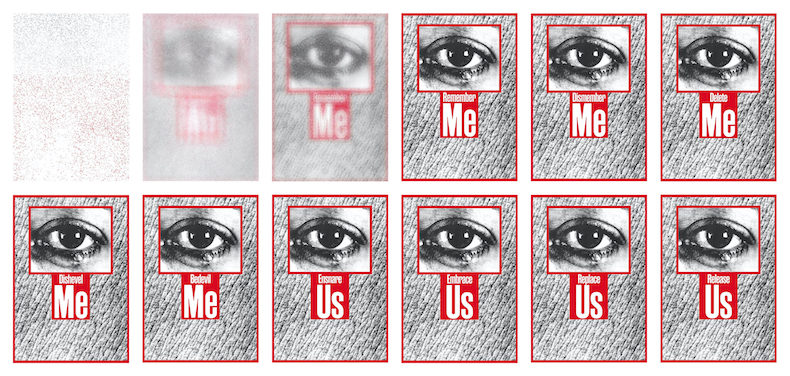
Still from Untitled (Remember Me) (1988–2020), Barbara Kruger. Courtesy the artist and Sprüth Magers; © Barbara Kruger
The Royal Academy’s ‘Souls Grown Deep Like the Rivers: Black Artists from the American South’, in spring 2023, was a welcome chance to see the work of Lonnie Holley in the UK. Documentary footage of his back yard – a sculpture park filled with thousands of pieces made from recycled materials – was a highlight. The artist and musician will be bringing new assemblages of found objects to Camden Art Centre (5 July–15 September). In Cambridge, the Fitzwilliam Museum continues in the self-scrutinising vein evident in ‘Black Atlantic: Power, People, Resistance’, which examined the institution’s connections to the transatlantic slave trade (until 7 January). Alongside paintings, neon sculptures and prints, ‘Glenn Ligon: All Over The Place’ will make a series of site-specific interventions among the Fitzwilliam’s collection (20 September–2 March 2025).
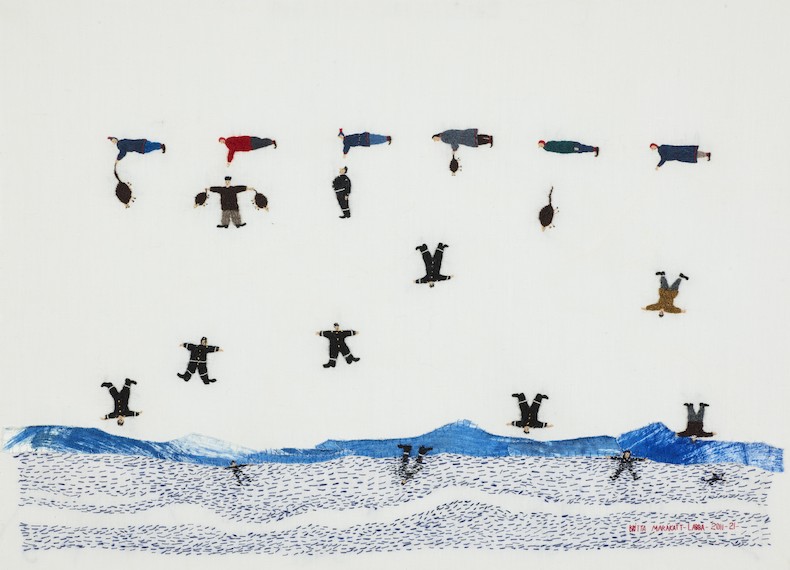
Girdi Noaiddit/Flygende Sjamaner (Flying Shamans) (2011–21), Britta Marakatt-Labba. Photo: Hans-Olof Utsi; © Britta Marakatt-Labba/BONO
Finally, in winter, Sophie Calle will enjoy her most comprehensive exhibition in North America to date. ‘Sophie Calle: Overshare’ at the Walker Art Center in Minneapolis will feature nearly five-decades-worth of the French artist’s photography, video, installations and sculpture, which explore the complexities of personal relationships and ideas about death (19 October–26 January 2025).
Unlimited access from just $16 every 3 months
Subscribe to get unlimited and exclusive access to the top art stories, interviews and exhibition reviews.

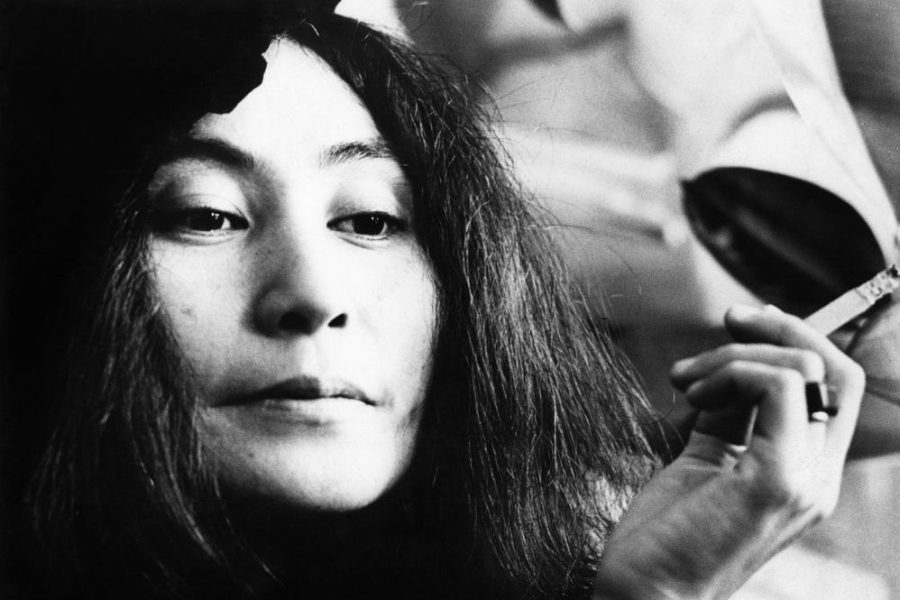
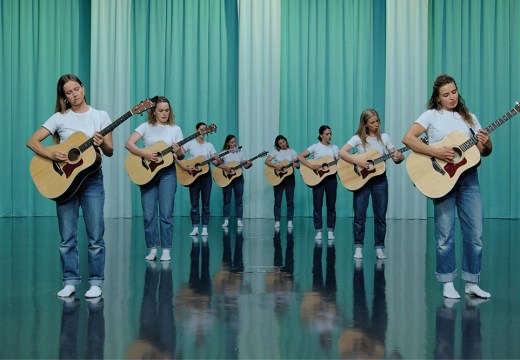
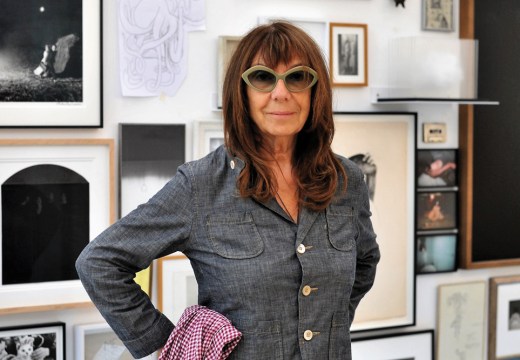
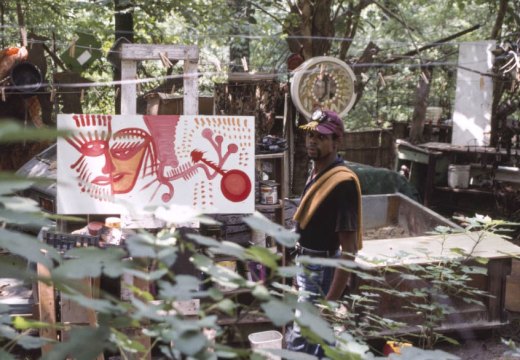









![Masterpiece [Re]discovery 2022. Photo: Ben Fisher Photography, courtesy of Masterpiece London](http://www.apollo-magazine.com/wp-content/uploads/2022/07/MPL2022_4263.jpg)
It’s time for the government of London to return to its rightful home